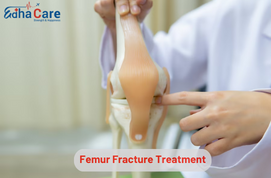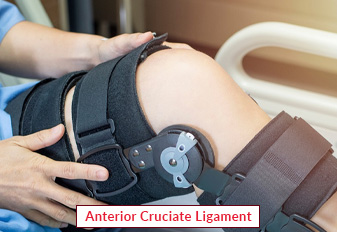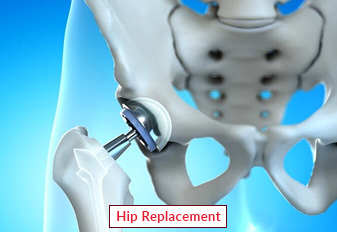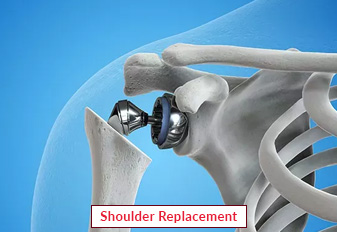Femur Fracture Treatment

A femur fracture is a break in the thigh bone, one of the strongest and longest bones in the body. Typically caused by high-impact trauma, falls, or direct blows, femur fractures are classified based on their location and severity. Symptoms include intense pain, swelling, and an inability to bear weight. Treatment involves immobilization with splints, traction, or surgery, depending on the fracture type. Rehabilitation, including physical therapy, is crucial for restoring function and mobility. Femur fractures are serious injuries requiring prompt medical attention to prevent complications and facilitate effective healing.
Book an AppointmentAbout Femur Fracture Treatment
Femur fractures are often associated with distinct symptoms, indicating a significant injury to the thigh bone. Common signs include:
- Severe Pain: Immediate and intense pain in the thigh, making weight-bearing or movement unbearable.
- Swelling and Bruising: Rapid swelling and bruising around the thigh due to tissue damage and bleeding.
- Inability to Bear Weight: Difficulty or complete inability to put weight on the affected leg.
- Deformity: Visible deformity or abnormal positioning of the leg, indicating a potential fracture.
- Limited Range of Motion: Reduced ability to move the hip or knee joint due to pain and instability.
Diagnosis:
Diagnosing a femur fracture involves a combination of clinical evaluation and imaging studies:
- Physical Examination: A thorough examination by a healthcare professional includes assessing the injured leg for deformities, swelling, and tenderness. The patient's ability to bear weight and perform certain movements is also evaluated.
- X-rays: X-ray imaging is a primary diagnostic tool to visualize the extent and location of the femur fracture. X-rays provide detailed images that help determine the type of fracture and guide treatment decisions.
- CT Scans: In some cases, especially for complex fractures or when additional detail is needed, computed tomography (CT) scans may be performed to create detailed cross-sectional images of the fractured femur.
- MRI (Magnetic Resonance Imaging): MRI may be utilized to assess soft tissue injuries, such as ligament or muscle damage, which may accompany the femur fracture.
- Vascular and Nerve Studies: In certain situations, additional studies like vascular and nerve assessments may be conducted to evaluate potential damage to blood vessels and nerves around the fracture site.
Procedure of Femur Fracture Treatment
The treatment of femur fractures involves a range of options tailored to the specific characteristics of the fracture and the individual patient. The primary treatment approaches include:
-
Non-Surgical Methods:
-
Casting: For certain types of femur fractures, especially in children or less severe cases, casting may be employed to immobilize the leg and promote healing.
-
Traction: Traction involves the application of a continuous pulling force on the affected leg using weights and pulleys. This method is often used to align and stabilize the bones, particularly in emergency situations.
-
External Fixation: External fixation utilizes metal pins or screws inserted into the bone above and below the fracture site, connected by an external frame. This stabilizes the fracture and allows for healing without direct surgical intervention.
-
-
Surgical Interventions:
-
Intramedullary Nailing: A common surgical procedure involves inserting a metal rod (nail) into the hollow center of the femur to stabilize the fracture. This method allows for early mobilization and reduces the risk of non-union.
-
Open Reduction and Internal Fixation (ORIF): This involves surgically realigning the fractured bones and securing them with screws, plates, or other internal devices. ORIF is often employed for complex or displaced fractures.
-
Plate Fixation: Plates and screws are used to stabilize the fractured segments. This method is especially beneficial in cases where intramedullary nailing may not be suitable.
-
Require Assistance?
Get A Quick Callback From Our Healthcare Experts
Other Specilities We Cover

Anterior Cruciate Ligament (ACL)

Hip Replacement




